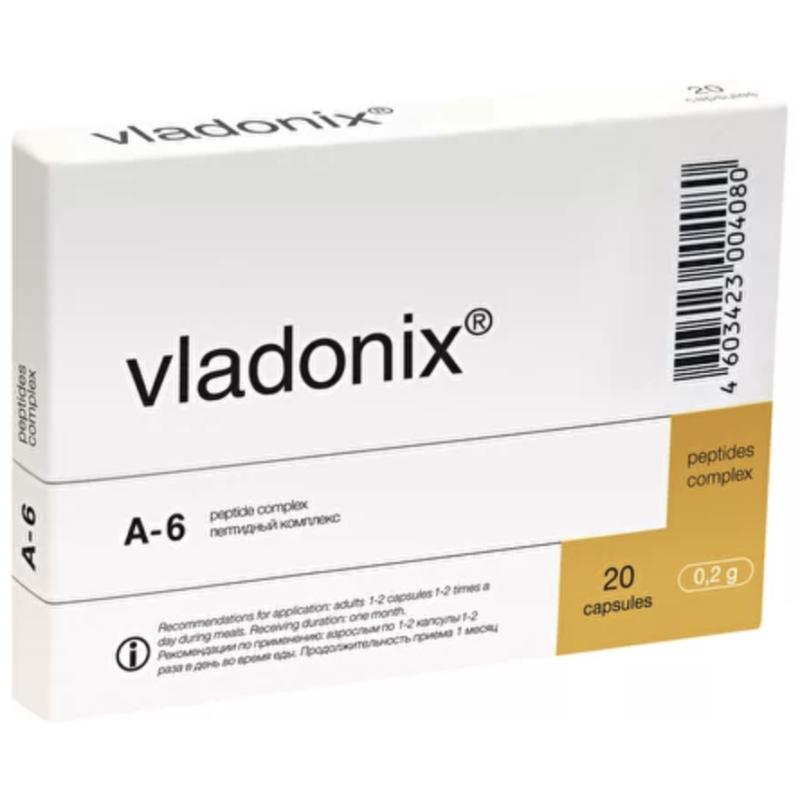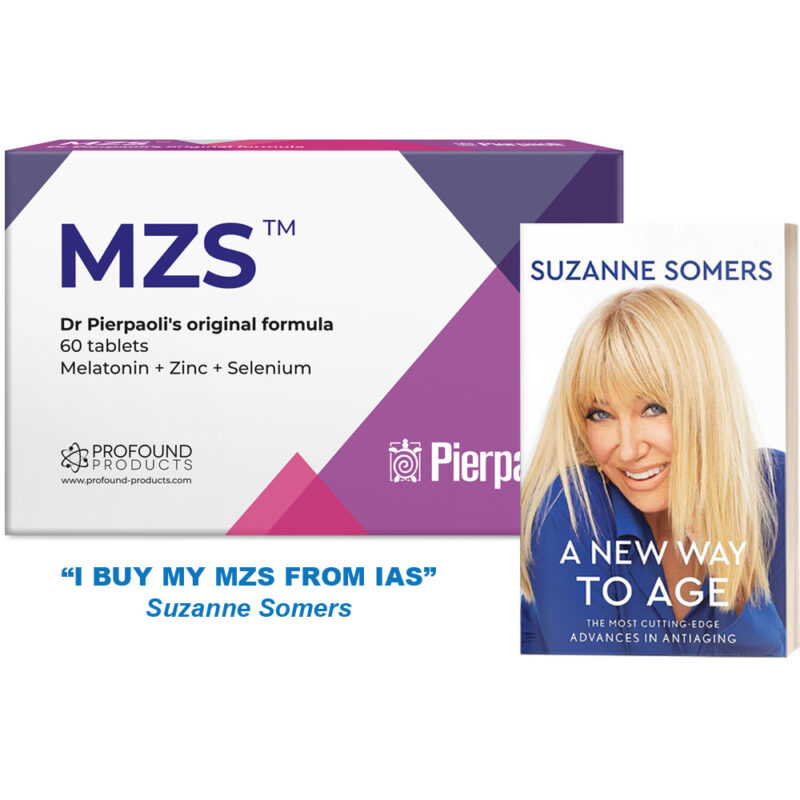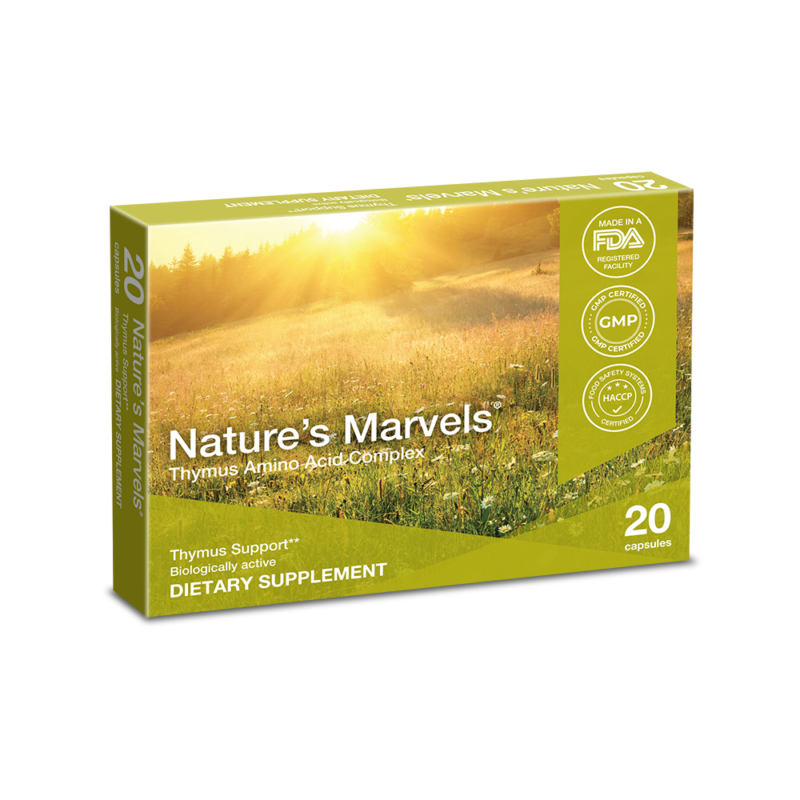Aging and Immunity by James South
We live in a world of entropy.
Entropy is the tendency of complex structures to gradually decay or break down with time. Entropy is one of the brute facts of existence. It is “codified” as one of the basic laws of physics: the second law of thermodynamics, which governs both living and inanimate matter. We humans normally call the process of entropy “ageing.” The anti-ageing movement is literally an anti-entropy movement. Modern science has discovered that we can at least slow down entropy through various means such as exercise, proper diet, nutrient supplements and anti-ageing drugs.
Unfortunately for us, there is a whole micro-universe of agents of entropy who are literally out to get us – to accelerate our entropic decay. We call them “germs” and “cancer cells.” A host of viruses, bacteria, fungi, parasites, worms and cancer cells are ready to invade our bodily turf and wreak havoc with our cells, tissues and organs, leading to disease or even the ultimate entropy – death.
Fortunately for us, we are endowed with a superb, multifaceted, synergistically interacting defence force – our immune system. This amazing defence force can, in principle, defeat any entropic germ science has yet discovered. There is virtually no germ known to be 100% lethal. Even the dreaded Ebola fever virus is usually only lethal to 70-90% of those it infects, before their immune system saves the unlucky 10-30%.
Unfortunately, there are many minor and some major forces of entropy that can weaken, even destroy our immune system’s ability to successfully defend us.
One of the most common entropic immune weakeners is malnutrition: “malnutrition is the commonest cause of immunodeficiency worldwide” (1), and “Nutritional deficiencies are seen in at least one-third of the elderly in industrialized countries.” (2) Overeating and obesity, now epidemic in the Western world, also decrease immune function. (2). Stress is also a major assault on immune health. (2). Indeed, the stress hormones cortisol/corticosterone are sometimes used in experiments to weaken the immune system (3). Perhaps the most inevitable entropic weakener of our immune vigour is ageing itself. Ageing is known to bring about adverse changes in almost every aspect of our immune power. “Aging is associated with a decline in immune function that leads to an increased incidence of infection, cancer, and autoimmune disease. Age-related changes in immunity primarily involve alterations in T cell function…. Altered B cell function also occurs with aging….” (4)
Fortunately, modern science has discovered many nutrients, hormones and anti-aging drugs that we can use to combat the otherwise inevitable entropic destruction of our priceless immune health. Many different immune boosters are needed to optimize immune power throughout life, even into old age, because there are so many facets of immune function that decay with age. Immuno-suppressive PGE2 levels increase with age, even in healthy aged adults (5). “One of the biological changes associated with aging is an increase in free radical formation with subsequent damage to [immune] processes.” (5) Active thymulin, one of the most important thymus gland hormones for T cell activity, “disappears from blood circulation by the 5th – 6th decade in humans.” (6) “… after primary immunization, antibody responses of aged individuals are characterized by lower, slower, and shorter responses than those observed in young subjects.” (7) “Normal aging in human beings is associated with increased basal IL-6 [interleukin-6] production by lymphocytes …. Dysregulation of this cytokine with increased basal secretion has been proposed to contribute to … age-associated diseases such as B cell lymphoma, osteoporosis, and Alzheimer’s disease.” (4) And these are just a few of the many immune parameters that weaken with age!
A program consisting of various vitamins, minerals, hormones and anti-aging drugs will cover virtually all the areas – nutritional, stress and aging – that are known to weaken the immune system. Experimental results from in-vitro (test tube), animal and human studies have shown an amazing ability of these anti-entropic biochemicals to repair immune damage, often restoring the measured immune parameter to youthful, healthy levels. In order to better understand the power of a pro-immune supplement program to restore immune health, it is first necessary to have a basic overview of our immune system.
Immunology 101
Immunity may be defined as resistance to our protection from disease. There are two primary divisions of our immune function: innate immunity and acquired immunity.
Innate immunity results from general processes, rather than processes directed at specific disease organisms (13).
Human natural immunity makes us resistant to such diseases as animal paralytic viral infections, hog cholera, cattle plague and canine distemper (13).
Acquired immunity results from the response of T cells and B cells (T-and B-lymphocytes) to specific invaders: viruses, bacteria, toxins, animal hair, etc. T and B lymphocytes are both activated by foreign antigens. Antigens are proteins or large polysaccharide molecules that help immune cells recognize self and other – i.e. germs, toxins, foreign tissue, etc. T lymphocytes are the basis of “cell-mediated immunity” (CMI) and B lymphocytes are the basis for “humoral immunity.” (13)
When B cells are stimulated by a foreign antigen they react by transforming into a plasma cell, which then manufactures specific antibodies – proteins specifically tailored to link up with the activating antigen. Antibodies can inactivate the invading organism in four different ways, including agglutination, precipitation, neutralization and lysis. However, these antibody powers are weak and rarely serve to completely repel a foreign invader (13).
The real power of antibodies comes through activating the complement system, which consists of about 20 interacting enzymes/proteins. When antibodies attach to antigens, they create antigen-antibody complexes, which activate the complement system. The complement proteins can inactivate germs in a multitude of ways. One of the most important occurs when complement protein C3a attaches to the antigen-antibody complex. This new immune complex causes neutrophils and macrophages to ingest the germ to which the antigen is attached. Neutrophils and macrophages (phagocytes) can ingest and digest germs even with antigen-antibody complexes to identify the germs, but the complement/antigen-antibody complex sends them into a “feeding frenzy.” (13)
CMI, or T lymphocyte immunity, is partly independent from, but also interacts with, humoral immunity. T cells have receptors (TCR) on their surface that can react with foreign antigen. TCRs cannot recognise antigens directly. Macrophages must first attack and digest a given pathogen into protein (antigen) fragments. The macrophage then presents the antigen to the TCR of a nearby T lymphocyte. Until the TCR of a T cell is activated by a specific antigen, the T cell can potentially react to thousands of different antigens. Once a T cell is antigen activated, it begins reproducing itself by cloning. This is called “proliferation.” The cloned T cell copies can now react only to the specific antigen (e.g. a Candida membrane protein), their progenitor first reacted to. This allows rapid production of massive numbers of T cells focused on destroying the specific pathogen currently threatening the body. Some of the activated T cells will become memory cells, (so also will some of the activated B cells), put in storage as a “rapid reaction force” should the same antigen show up again in the future. (13)
T cells occur in one of 3 forms: T helper cells (T4 or CD4+), T suppressor cells (T8 or CD8+), and cytotoxic T lymphocytes (CTL). T8 cells help reduce immune activity so that it doesn’t go to excess. Ideally proper T8 activity prevents auto-immune disease. CTLs directly attack and destroy pathogens which have the antigen a CTL has been activated toward (13).
T4 helper cells come in 2 varieties. Helper cell type 1 (TH1) is the booster/activator of cell-mediated immunity. Helper cell type 2 (TH2) is the activator of B cell antibody production. Both TH1 and TH2 cells do their helper/activator work through secretion of immune proteins called “cytokines” or “lymphokines.” There are at least 17 different cytokines. TH1 cells produce interleukin-2 (IL2), interferon gamma (IFN-G), and tumor necrosis factor alpha (TNF-A). IL2 activates CTL, T8 cells, and natural killer cells. TH2 cells produce IL4, 5, 6, and 10. IL4 activates plasma cell antibody production and inhibits TH1 cells. (14)
“Immune senescence [aging] is characterized by specific cytokine changes that favor Th2 T-helper responses (antibody production, including auto [self] antibody production)


